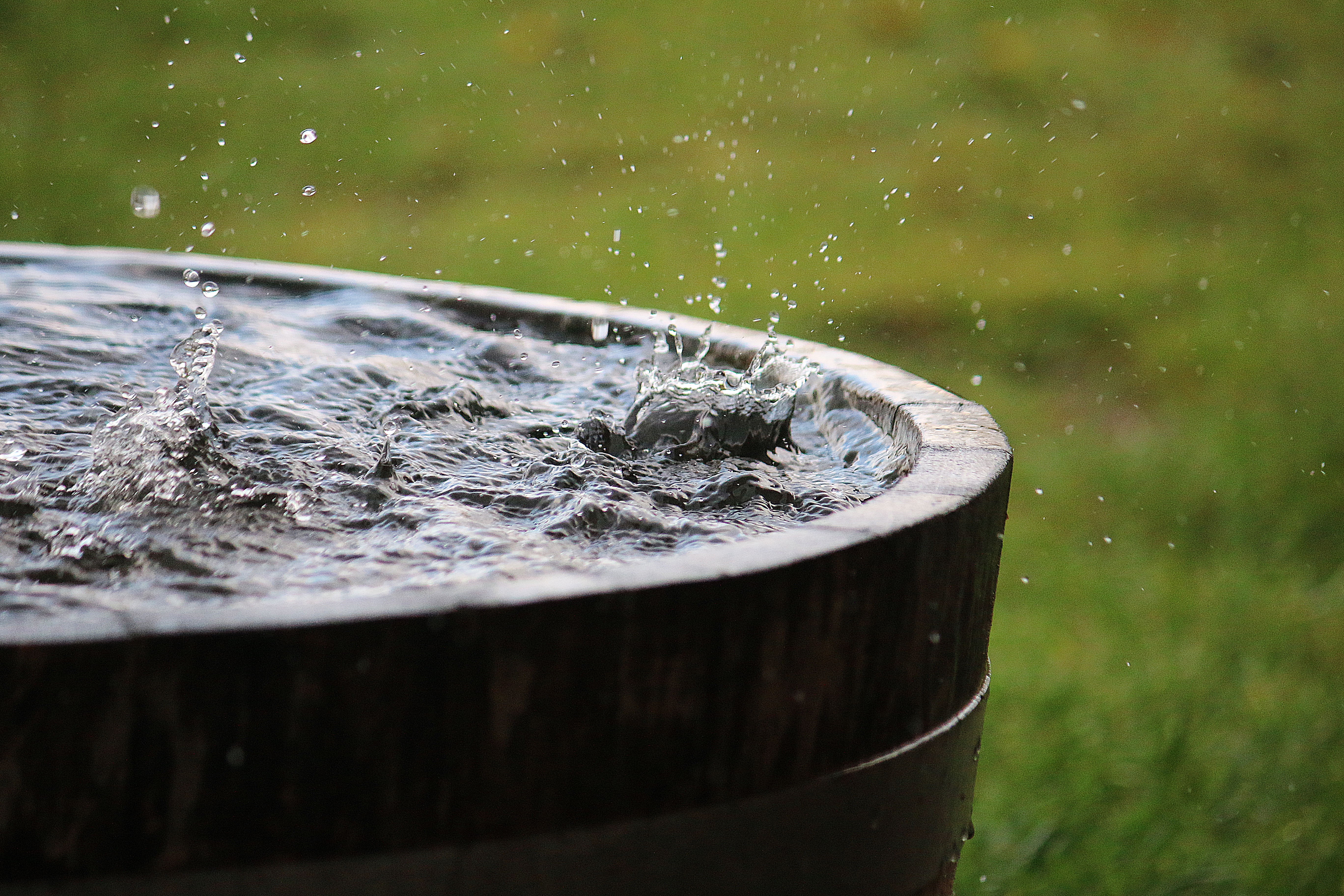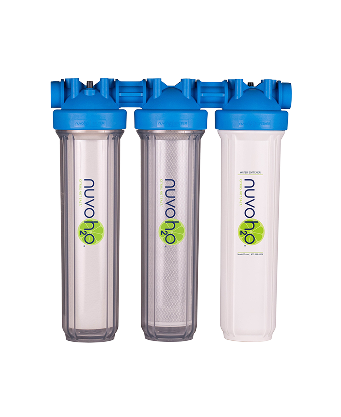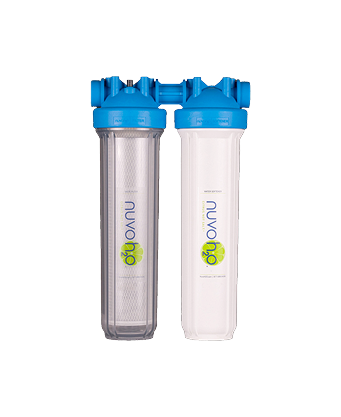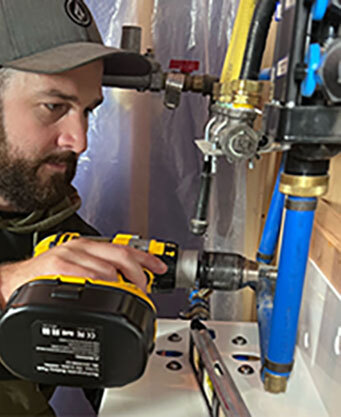
3 Tips for Reclaiming Rainwater
Posted by Tait Washburn on 12th May 2021
As spring continues and we get closer and closer to summer, home owners are likely worried about their water bill increasing and those who live with seasonal droughts may be worried about water restrictions. Doubly so for anyone with a well-tended garden. With such a seasonal problem it’s worth putting in the effort to find a serious solution.
A common solution is rainwater harvesting. Usually this is done by collecting rainwater from your gutters or roof into a rain barrel and used in watering your garden or other grey water uses. It can be costly to set up, but can usually save anywhere between 30 and 50% of your water bill. However, even something with such a simple description can be more complicated than it seems. So before putting in the time and effort, here are 3 important things to know about a rainwater collection system.
Do the Research
Before putting any time into building a rainwater collection system, you need to make sure that it’s the right move for your household.
The first thing to know is if it’s even legal in your city or state. Most states haven’t banned rainwater collection outright, but some do have strict guidelines and laws on how you can collect it. You should also take your roofing material into account. Most roofs will have no real impact on your water storage, but tar or asphalt roof tiles will likely leech toxins into the rainwater you collect from it.
The last thing you need to know is what you can use collected rainwater for. Unfiltered rainwater is considered grey water or waste water, but it’s still usable for your gardening. You can filter your rainwater to make it drinkable, but it is strongly recommended that you collect rainwater first and then get it tested so you have an accurate idea of what contaminants you will need to filter out.
Get the right Materials

Part of making a good rainwater collection system is getting the right stuff to make it. You may be tempted to just place an old garbage can under your gutter’s downspout, but that will likely end with a broken can and a loss of weeks of water. So getting the right set up can prevent lots of problems later.
Of course the most important part is the rain barrel itself. Pre-made rain barrels are available at many hardware stores and come with spigots and lids already installed, but it’s also possible to buy and modify a barrel. It should have a secure cover, be around 40 to 60 gallons, and should be made from a non-toxic plastic.
If you are repurposing a barrel you will also need to buy a spigot or hose and fixtures to put them at the bottom of the barrel. You will also need to buy a stand or enough bricks to make a stand for the barrel high enough that you can place a bucket below the spigot or for water to easily pour down the hose and to whatever water system you have installed.
There are other extra pieces that can improve your rainwater collection, such as a tank screen, gutter protection screening, or first flush diverter to prevent material from entering your water barrel, or a water filter and pump for the ambitious homeowner who wants to use their rain barrel for their home.
Building it Right
Finally, when installing a rainwater collection system, there are a few things to keep in mind.
First, the location of the barrel is important. It should be away from steps or other structures that will let children or pets climb on top of the barrel, and of course it should be placed under the gutter downspout. And when installing a spigot or hose be sure to only make them finger tight and no tighter to avoid thread damage and leaks.
You should also be sure to keep a lid on the barrel to prevent debris from falling in and to prevent bugs from making a home of your rainwater. Especially in places with mosquitos and hornets, make sure the lid is secure and have an overflow spigot with an insect proof flap to prevent infestations.
Lastly, be sure to keep your gutters clean around the rain barrel and install a gutter protection screen to stop gutter debris from flowing into the barrel. It’s important to stay on top of this to maximize your water collection and prevent bacteria and fungal growth.
Your Water Savings
Home ownership is hard and expensive, so any way you can reduce one of your utility bills is a win. Installing a rainwater collection system can be an ecologically responsible way to spend less on watering your garden, save water for the dryer months, and keep a supply of water for emergencies.
For any homeowner looking to accomplish this, just remember to do your research, get the right materials, build it right, and enjoy the benefits of rainwater collection.









